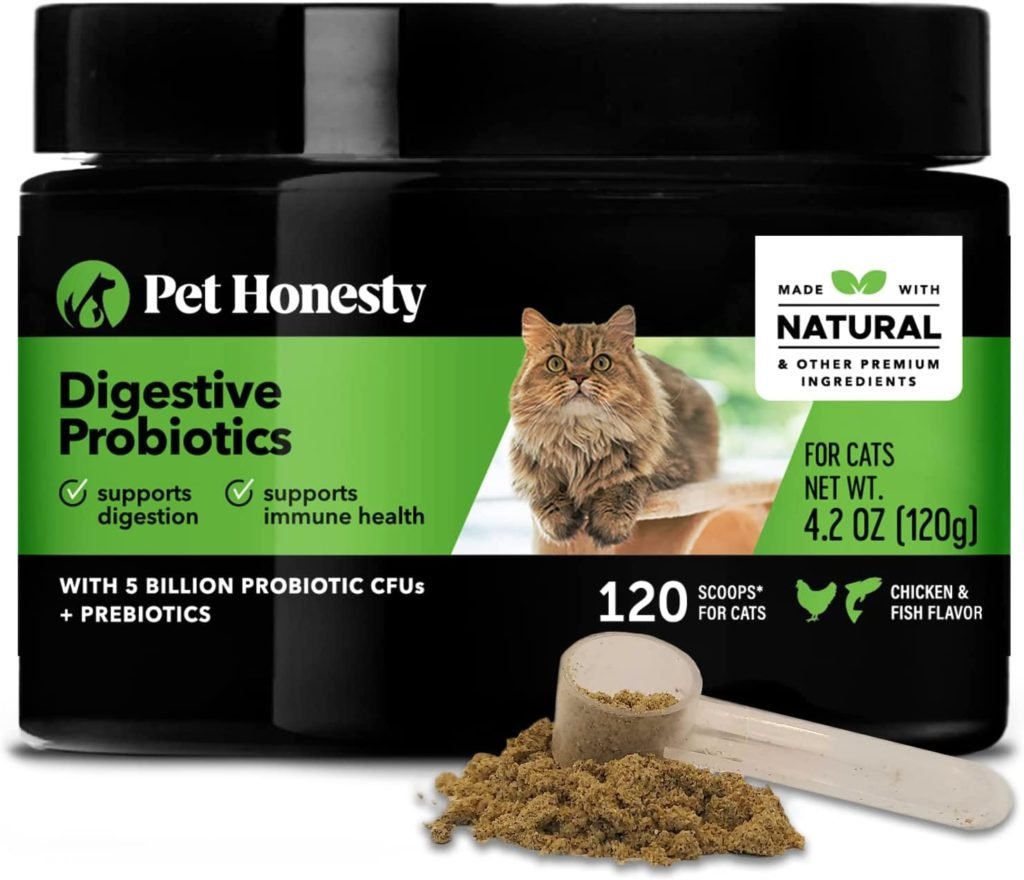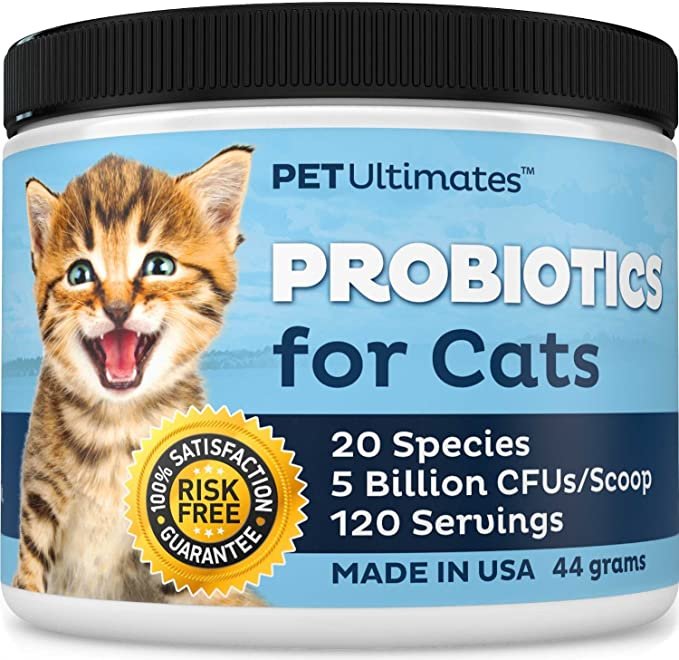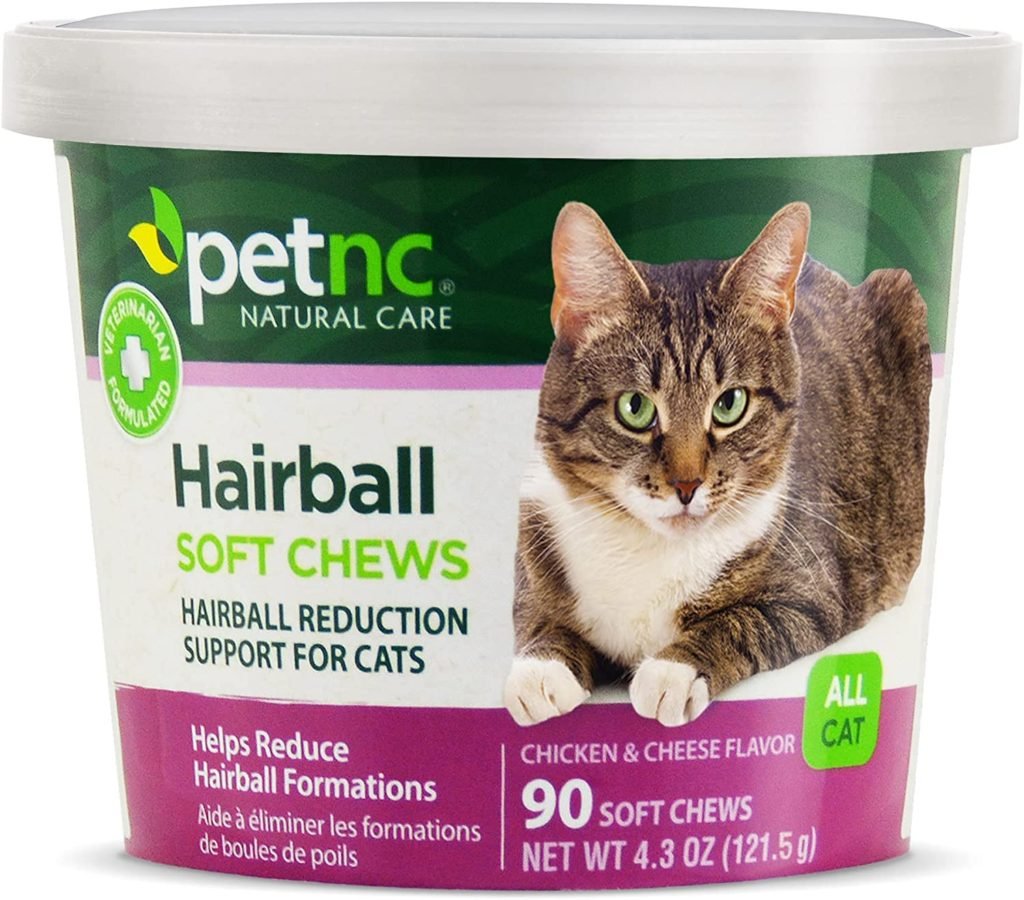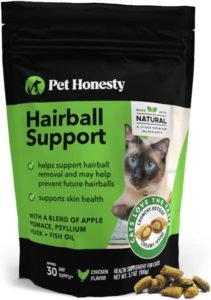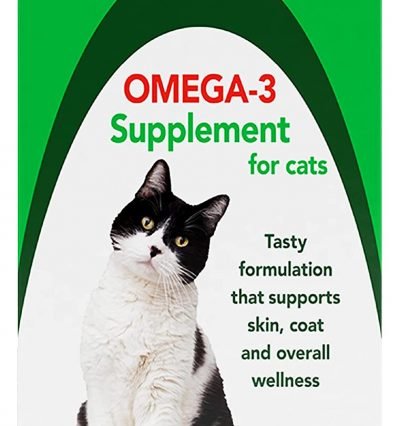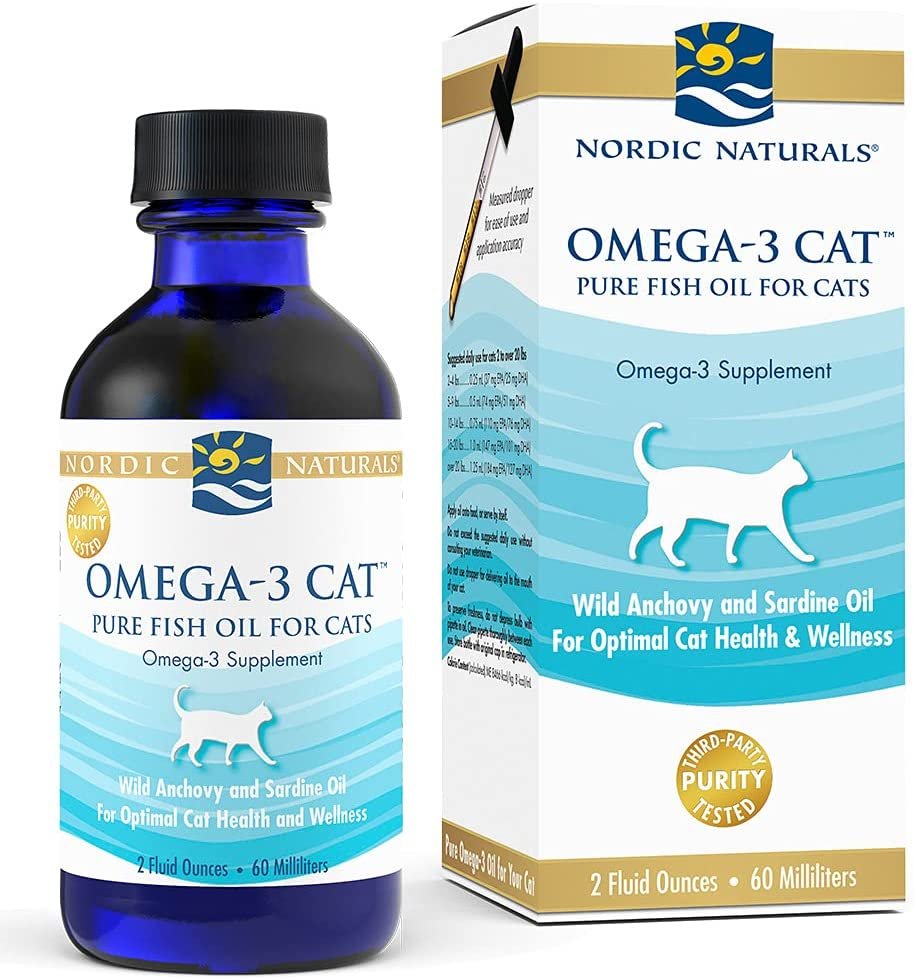If your cat is getting hairballs, it can be uncomfortable for them and unpleasant for you. Discover practical tips and solutions to help prevent and manage hairballs in your feline friend, from understanding the underlying causes to grooming techniques and dietary changes. Keep your cat healthy and happy with these expert strategies for tackling hairballs.
Explanation of What Hairballs Are
Cats groom themselves and swallow fur, which produces a hairball in their stomach. The cat then regurgitates the hairball to expel it from their system.
Overview of the Importance of Understanding Hairballs in Cats
Understanding hairballs in cats is essential to their overall health and well-being. While hairballs are a normal part of a cat’s grooming process, they can cause digestive issues and blockages in the intestines if left untreated. By knowing how to prevent hairballs and recognizing the symptoms of a potentially serious problem, cat owners can help keep their pets healthy and happy.
Causes of Hairballs in Cats
The Role of Grooming in Hairball Formation
Cats are fastidious groomers, spending hours each day licking their fur. This grooming process helps keep their coat clean and healthy, but it also means they inevitably swallow some hair, leading to hairballs.
The Digestive System of Cats and Hairballs
Cats have a digestive system intended to metabolize high-protein meals, but it may be better at breaking down fur. When the skin accumulates in their stomach, it can cause irritation, vomiting, and potentially severe blockages if left untreated. Regular grooming and hairball prevention measures can help keep your cat’s digestive system healthy and functioning correctly.
Preventing Hairballs in Cats
Hairballs can be uncomfortable and even dangerous for your feline friend. Taking a few preventative measures can help reduce the risk of hairball-related health issues. Here are some tips to consider:
- Brush your cat regularly to help remove loose fur.
- Provide your cat with a high-quality diet that promotes healthy digestion.
- Consider adding a hairball remedy to your cat’s diet or a hairball treatment to help prevent hairballs from forming.
- Encourage your cat to drink plenty of water to help keep its digestive system running smoothly.
- Keep your home clean and free of excess hair, especially during shedding season.
Common Symptoms of Hairballs in Cats
Hairballs can cause a variety of symptoms in cats, including:
- Frequent vomiting
- Coughing or retching
- Loss of appetite
- Constipation
- Lethargy
- Signs of discomfort or abdominal pain
If your cat is experiencing any of these symptoms, it’s essential to consult with your veterinarian.
You May Also Interest: Unveiling the Rainbow: Exploring What Colors do Cats See
How Hairballs Affect Cats’ Health
While hairballs are a normal part of a cat’s grooming routine, they can lead to health issues if left untreated. Giant hairballs can cause blockages in the digestive system, which can be painful and even life-threatening in severe cases. Frequent vomiting can also lead to dehydration and malnutrition. Recognizing the symptoms of hairballs and taking preventative measures can help keep your cat healthy and avoid potential health complications.
Cat hairballs are a common problem that most cat owners have to deal with. Fortunately, several treatments are available to help your feline friend manage hairballs. Here are some common treatments, home remedies, and signs that indicate it’s time to seek veterinary help.
You May Also Interest: Claw-some Techniques on How to Groom a Cat
Managing Cat Hairballs
Hairballs are a common problem for many cats, but various treatments are available to manage them. Here are some options you can try:
Feed your cat a high-moisture diet.
Dry kibble can lead to dehydration and worsening hairballs. Wet food is an excellent option since it provides the necessary moisture to keep things moving through the digestive system. Additionally, you can add more water to their food or switch to a raw diet.
Introduce probiotics
Probiotics help maintain a healthy gut and aid in digestion, which can prevent the formation of hairballs. You can find probiotics for cats in pill form or as a powder to sprinkle on their food.
Increase exercise
Regular exercise can help your cat’s digestive system stay healthy and prevent hairballs from forming. Encourage playtime with toys and interactive games to get your cat moving.
Use natural remedies
Some can help manage hairballs, such as giving your cat a small amount of butter or coconut oil, which helps lubricate the digestive tract. Providing your cat with fresh catnip or some petroleum jelly can also encourage hairballs to pass.
Incorporate regular grooming!
Regular grooming can help reduce the amount of hair your cat ingests. Brushing your cat’s fur daily or weekly can remove loose hair and prevent it from being ingested during grooming.
Try hairball prevention supplements
Many hairball prevention supplements, such as digestive enzymes, omega-3 fatty acids, and psyllium husk, are available. These supplements can help reduce the likelihood of hairball formation and promote healthy digestion.
Are Cat Hairballs Normal?
Hairballs:
A Normal Occurrence in Cats Hairballs are common in cats and are a natural result of their grooming habits. When cats groom themselves, their rough tongues pull loose hair into their digestive tract. This hair usually passes through the digestive system and is excreted in the cat’s stool. However, too much hair accumulates in the stomach can form a hairball.
How Often Do Cats Get Hairballs?
The frequency of hairballs in cats can vary widely depending on several factors, including the cat’s breed, age, and grooming habits. Some cats may only get hairballs occasionally, while others may experience them more frequently. Hairballs are more common in long-haired breeds of cats, as they tend to shed more.
When to Be Concerned About Hairballs in Cats
While hairballs are normal in cats, they can sometimes cause health issues if left untreated. If your cat is experiencing frequent hairballs or seems to be in pain or discomfort, it’s essential to talk to your veterinarian. Your vet can guide how to manage hairballs and prevent more severe health issues from developing.
You May Also Interest: Is Wet Food Bad For Cats Teeth?: Discover The Truth
Which Cats Produce More Hairballs?
If you’re a cat owner, you may have noticed that some cats produce more hairballs than others. But why is this the case? It all comes down to a few different factors.
Long-Haired vs. Short-Haired Cats
One main factor affecting hairball production is the length of a cat’s hair. Long-haired cats, such as Persians or Maine Coons, are more prone to hairballs because they naturally shed more hair. That means they are more likely to ingest hair while grooming themselves, which can lead to hairball formation in their digestive system.
On the other hand, short-haired cats, such as Siamese or Bengal cats, may produce fewer hairballs because they shed less hair overall. However, this does not mean that short-haired cats are immune to hairballs entirely.
Other Factors
In addition to hair length, other factors can contribute to a cat’s likelihood of producing hairballs. These may include:
Age: Older cats may produce more hairballs because their digestive system may not work as efficiently as it did when they were younger.
- Diet: A diet high in fiber and moisture can help prevent hairball formation by aiding digestion and keeping the digestive system regular.
- Grooming habits: Cats that groom themselves excessively may ingest more hair and produce more hairballs.
It’s important to note that while some cats may produce more hairballs than others, frequent hairballs can be a sign of an underlying health issue. If you notice that your cat has excessive hairballs, it’s best to consult your veterinarian to rule out any potential problems.


